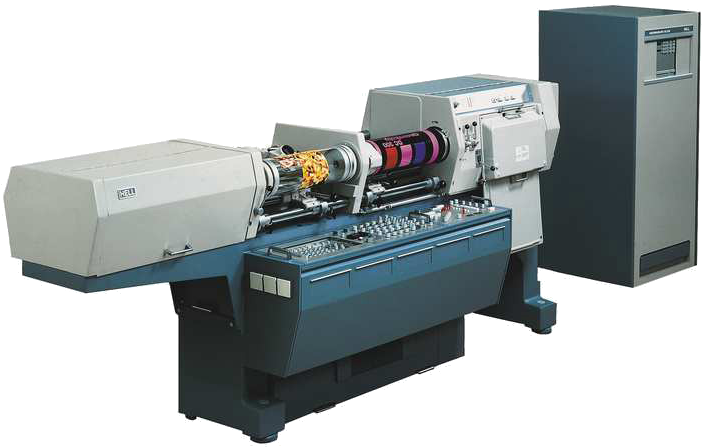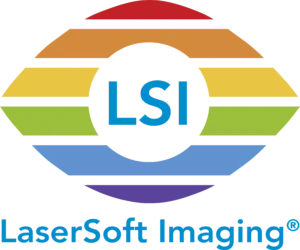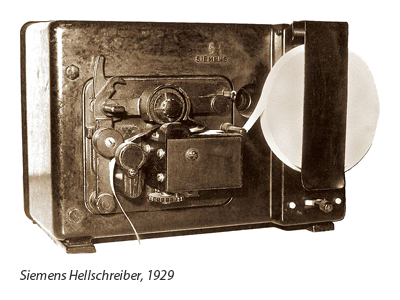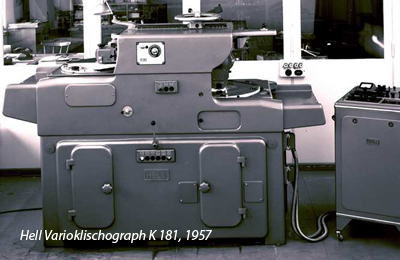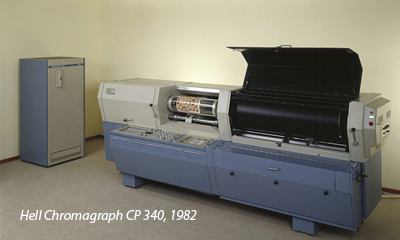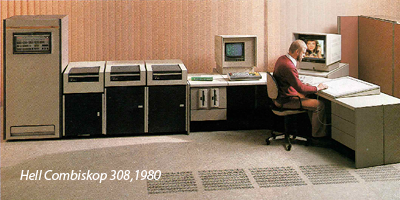Rudolf Hell & LaserSoft Imaging
Rudolf Hell war ein visionärer Erfinder, der bahnbrechende Technologien für die Bildverarbeitung entwickelte, darunter Scanner und Bildverarbeitungs-Systeme. Damit legte seine Arbeit den Grundstein für Unternehmen wie LaserSoft Imaging, die im Bereich Bildverarbeitung tätig sind. Mit seinen 131 angemeldeten Patenten gehört Rudolf Hell zu den größten deutschen Erfindern. Er wurde in die Erfindergalerie des Deutschen Patentamtes aufgenommen und ihm wurde das Große Bundesverdienstkreuz mit Stern verliehen.
Über Rudolf Hell
Rudolf Hell (* 19.12.1901 Eggmühl, † 11.03.2002 Kiel) war ein deutscher Erfinder und Unternehmer, der für seine revolutionären Beiträge zur Bildverarbeitungs-Technologie bekannt ist. Geboren in Eggmühl, Deutschland, zeigte Hell schon früh ein außergewöhnliches Talent und Interesse an Elektronik und Technik. Nach seinem Studium der Elektrotechnik an der Technischen Hochschule München begann Hell seine Karriere als Ingenieur und arbeitete in verschiedenen Forschungs- und Entwicklungsprojekten. Nach dem Zweiten Weltkrieg gründete Hell in Kiel eine Firma für Nachrichtengeräte und elektronische Reproduktionstechnik. Erst 1989 schied Rudolf Hell aus dem Geschäftsleben aus, er starb im hohen Alter von 100 Jahren in Kiel.
Die Entwicklung von Hell-Scannern
In den frühen Jahren seiner Karriere entwickelte Rudolf Hell verschiedene Geräte für die Telekommunikation und die Druckindustrie. Seine bedeutendste Errungenschaft war jedoch die Entwicklung von Scannern, die es erstmals ermöglichten, Bilder und Texte elektronisch zu erfassen und zu verarbeiten. Mit der Einführung seiner Chromagraph-Scanner und Chromacom-Bildverarbeitungs-Systeme in den 1960er und 1970er Jahren setzte Hell neue Maßstäbe in der Druckvorstufen-Technologie. Diese Scanner waren in der Lage, hochpräzise Reproduktionen von Bildern und Texten zu erstellen und spielten eine entscheidende Rolle in der Automatisierung von Druckprozessen. Diese Trommel-Scanner können als Vorgänger der heutigen Desktop-Scanner für den Privatgebrauch angesehen werden.
Einfluss von Hell auf LaserSoft Imaging
Die Innovationskraft von Rudolf Hell inspirierte eine neue Generation von Technologieunternehmen, darunter auch LaserSoft Imaging. Die Firma, die 1986 von Karl-Heinz Zahorsky ebenfalls in Kiel gegründet wurde, knüpft an die Tradition der Bildverarbeitungs-Technologie an, die von Hell etabliert wurde. 1989 wird LaserSoft Imaging zum Berater der Hell AG für neue Desktop-Technlogien der Farbbearbeitung. Ein Jahr später übernimmt LaserSoft Imaging den Vertrieb von Riplink, der Anbindung des Chromacom-Bildverarbeitungs-Systems an den Mac. Insbesondere die Entwicklung von Scanner- und Bildverarbeitungs-Software bei LaserSoft Imaging wurde stark von den Prinzipien und Technologien beeinflusst, die von Rudolf Hell eingeführt wurden. Die Fähigkeit, hochwertige digitale Reproduktionen analoger Bildern zu erstellen und zu bearbeiten, bildet weiterhin das Fundament des Angebots von LaserSoft Imaging. Noch im hohen Alter von 99 Jahren besuchte Rudolf Hell 2001 die DRUPA in Düsseldorf und traf dort auch mit LaserSoft Imaging CEO Karl-Heinz Zahorsky zusammen.
LaserSoft Imaging: Fortsetzung von Hells Erbe
Heute ist LaserSoft Imaging ein weltweit führender Anbieter von Scanner- und Bildbearbeitungs-Software. Das Unternehmen hat sich zum Ziel gesetzt, die Vision von Rudolf Hell fortzuführen, indem es innovative Lösungen für die digitale Bildverarbeitung entwickelt. Die Software SilverFast ist das Herzstück des Angebots von LaserSoft Imaging. Für viele technologische Neuerungen, die bei SilverFast im Einsatz sind, wurden Patente erteilt. Durch kontinuierliche Forschung und Entwicklung bleibt LaserSoft Imaging an der Spitze der Branche und trägt dazu bei, die Möglichkeiten der digitalen Bildverarbeitung ständig zu erweitern.
Fazit
Rudolf Hell war ein visionärer Erfinder, dessen Beitrag zur Bildverarbeitungs-Technologie noch heute spürbar ist. Seine Entwicklung von Scannern und Bildverarbeitungs-Systemen legte den Grundstein für Unternehmen wie LaserSoft Imaging, die sein Erbe weiterführen und die Zukunft der digitalen Bildverarbeitung gestalten. Dank Hell's genialer Arbeit können wir heute hochwertige digitale Reproduktionen analoger Bildern erstellen und bearbeiten, was die Art und Weise, wie wir mit visuellen Medien umgehen, nachhaltig verändert hat.

